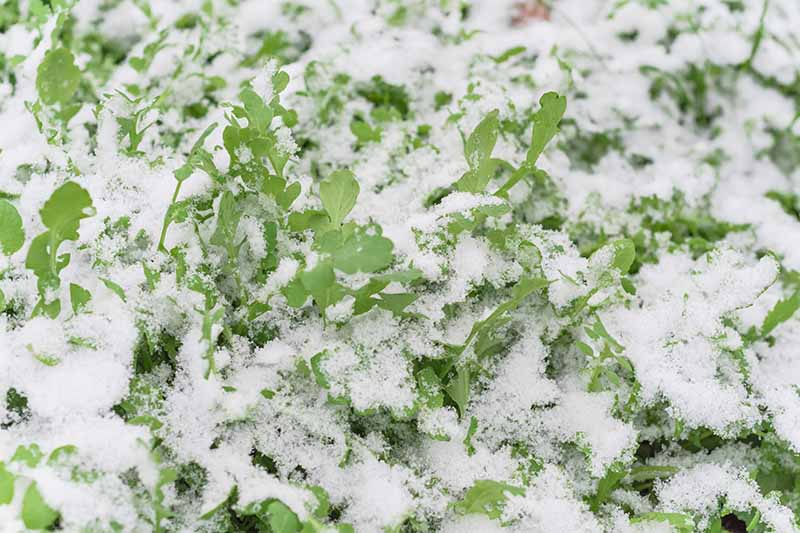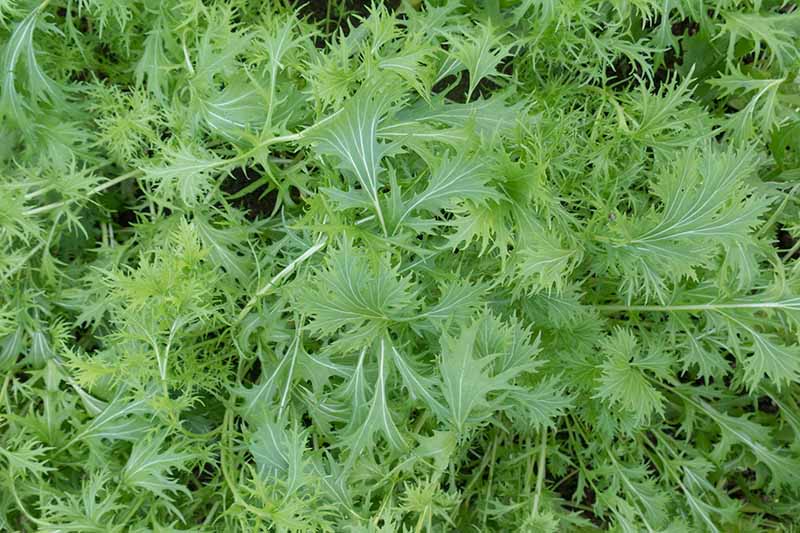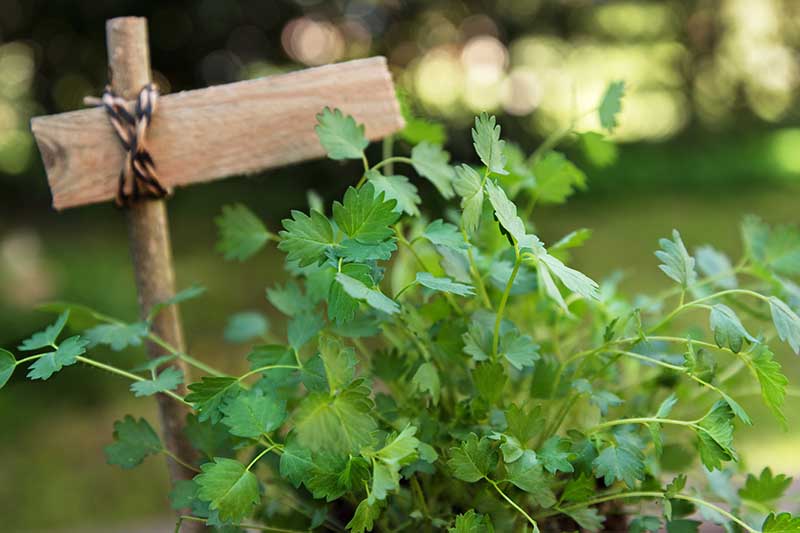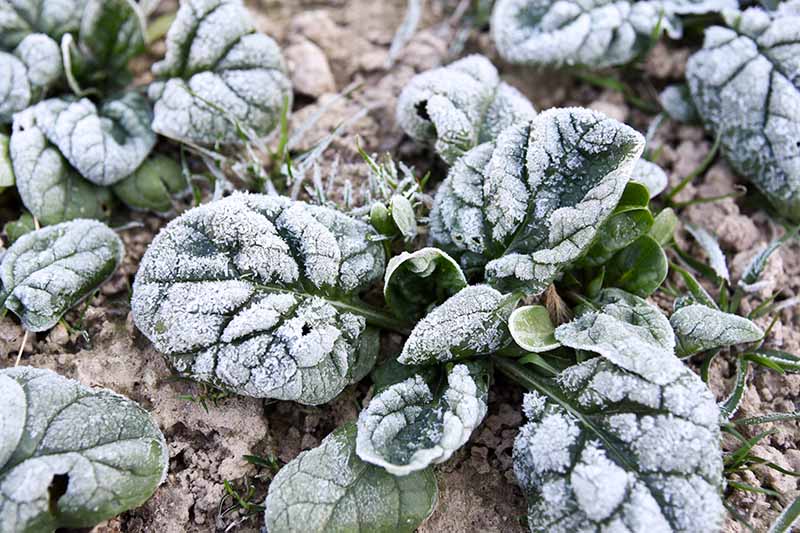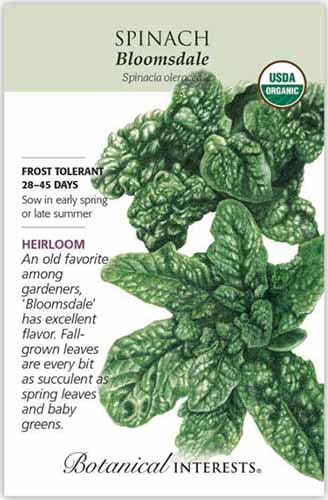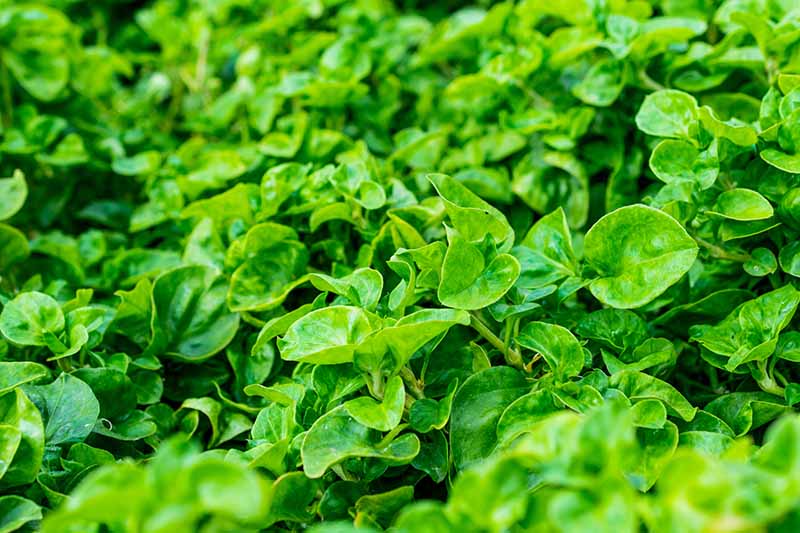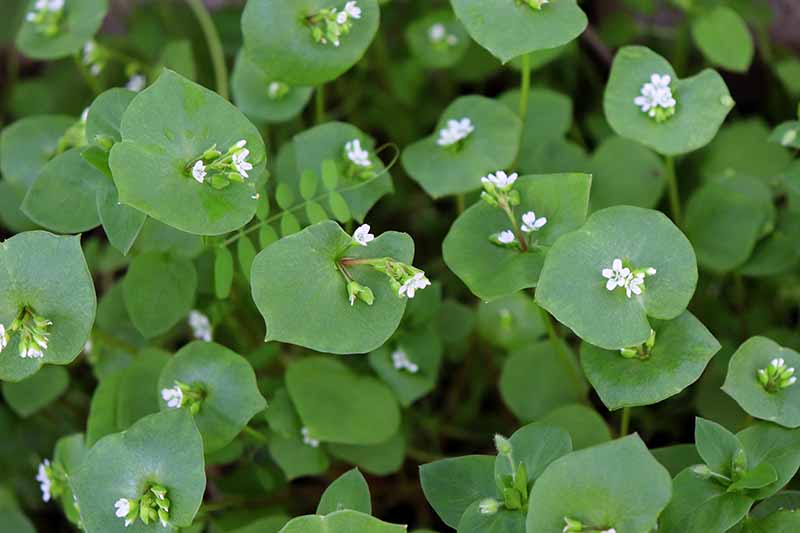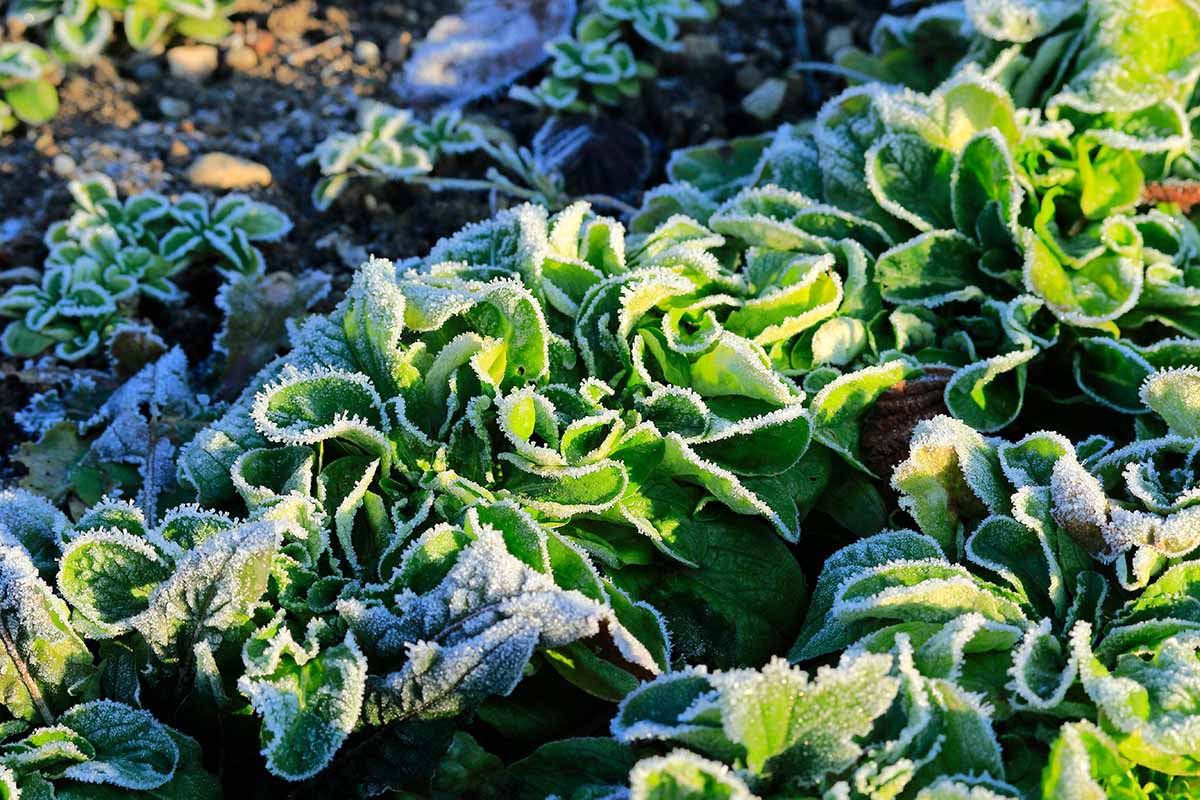Just because it’s turned crisp and cool outside doesn’t mean you need to stop enjoying fresh garden greens. While it is true that many annual crops don’t do well in freezing conditions, there are several cold-hardy greens that can be grown well into those chilly winter months, and even last until spring in more mild climates. We link to vendors to help you find relevant products. If you buy from one of our links, we may earn a commission. Here’s everything we’ll cover:
Tips for Winter Lettuce Success
The first step to growing any type of winter greens successfully is to find a sheltered but sunny spot in the garden with good drainage. This is key, as young seedlings may freeze if water pools. Sow your seeds in early fall, or start them indoors in summer and transplant the seedlings out at least a few weeks before the first frost in your area, to give them more time to become established before the days shorten. Water well and keep moist until seedlings emerge, or until your transplants are well established. It’s crucial to keep the soil warm enough so that the roots don’t freeze. There are a number of techniques and materials available to you for keeping the soil from freezing, such as hoop houses, cold frames, garden blankets, and even thick mulch. You can learn more about season extension methods in our article. Protect newly planted seeds and young seedlings with a garden blanket if a freezing night is in the forecast. Remember to open row covers on sunny days to allow for adequate airflow, and to keep the inside from overheating. Once the plants are established, water only when necessary, and do so at midday. Do not water if freezing temperatures are predicted overnight, as this could cause frost damage on the foliage. See our guide for even more helpful suggestions to grow delicious leafy greens in the cooler months of the year. (coming soon!) So, how should you choose which plants to grow? When selecting your seeds, look for varieties that can germinate in cool weather, and that are hardy in cold temperatures. We’ve made the process of picking the best options as easy as possible. Read on for a list of yummy greens to grow in winter. You can sow seeds up until late fall. The seeds will germinate in temperatures down to 40°F. Protect plants from hard freezes with a cold frame or hoop house. ‘Rocket’ Arugula Seeds of ‘Rocket’ arugula, the popular variety typically found in supermarkets, are available for purchase from Eden Brothers. Read more about growing arugula in our guide.
2. Lamb’s Lettuce
Lamb lettuce, or Valerianella locusta, also referred to as mache or corn salad, produces rosettes of small rounded leaves with a mild nutty flavor. This plant does exceptionally well in cold weather and can even survive under snow. Mache is slow-growing. To produce an adequate crop, you may want to plant a large amount. You can also use protective cloths or other types of row covers to speed growth. Lamb’s Lettuce Harvest individual leaves, or pick the entire rosette. You can buy seeds in various package sizes up to a quarter-pound from Eden Brothers.
3. Mizuna
A member of the mustard family sometimes referred to as Japanese mustard, this fast-maturing cold-hardy leafy green is tolerant of low light levels, making it ideal for winter growing. Brassica rapa var. nipposinica seeds germinate in soil down to 40°F and can survive subzero temperatures. The mild-flavored feathery green leaves have a pleasant crunch that’s perfect for use in salads. Mizuna True Leaf Market has several options available including this one that matures in only 30 days, as well as a beautiful red-streaked organic heirloom variety. Find tips for growing mizuna in our guide.
4. Salad Burnet
This perennial herb is hardy to -30°F, and thrives all year in mild climates. Even in frigid climates, Sanguisorba minor is one of the latest leafy greens to die back. It has fern-like lacy leaves that taste a bit like cucumber. The young tender leaves can be picked and enjoyed atop salads or as a garnish. If you’re gardening in Zone 4 or below, protect plants with a thick straw mulch, and cover on very cold nights. Salad Burnet Open-pollinated heirloom seeds are available for purchase from True Leaf Market.
5. Spinach
Spinach, Spinacia oleracea, will tolerate temperatures down to at least 20°F, and can be grown year round in mild climates. It overwinters without added protection in Zones 6 and above. In colder areas, you should cover it when a deep freeze is expected. Growth will slow once temperatures drop, but if protected through the most frigid weather, your plants will pick back up again when the days begin to lengthen in February and March. ‘Bloomsdale’ Spinach Choose a cold-hardy variety such as ‘Bloomsdale,’ which is available from Botanical Interests. Learn more about growing spinach here.
6. Watercress
Watercress, Nasturtium officinale, is an aquatic perennial that is hardy down to Zone 5. With a mild, peppery flavor, it has hollow stalks and round, pale green leaves that form dense mats of foliage. Watercress is found in the wild along the edges of running water. It can be grown in the garden as long as you are able to keep the soil constantly wet. Use a thick mulch to help retain soil moisture. It does well planted in containers in a soilless potting mix set on top of a pan or bucket filled with two to three inches of water. Sow seeds in fall, in soil that is 50 to 60°F. Begin harvesting a few weeks after seedlings emerge, cutting the plants back to a few inches in height. The foliage will grow back thicker after cutting. Watercress You can pick up a packet of heirloom seeds from True Leaf Market.
7. Winter Purslane
Also known as miner’s lettuce, Claytonia perfoliata is a hardy plant grown for its tough, heart-shaped succulent leaves that have a spinach-like flavor. The young leaves may be cut repeatedly throughout the season for use in salads. This self-seeding annual can survive temperatures down to 5°F, and grows year round in mild climates. Winter Purslane
Thank Goodness for Hardy Greens
Growing fresh greens is a wonderful way to keep your spirit up through those dark, frigid months. Try planting some of these cold-hardy greens and enjoy something fresh on your plate long into the winter. What cold-hardy salad greens do you love to grow? Share your favorites in the comments below! Looking for more ideas on gardening in the winter? You won’t want to miss these articles:
How and When to Plant Cold Weather Cover CropsTips for Growing Collard Greens in WinterWinter Mulching to Protect Cold-Tolerant Crops


